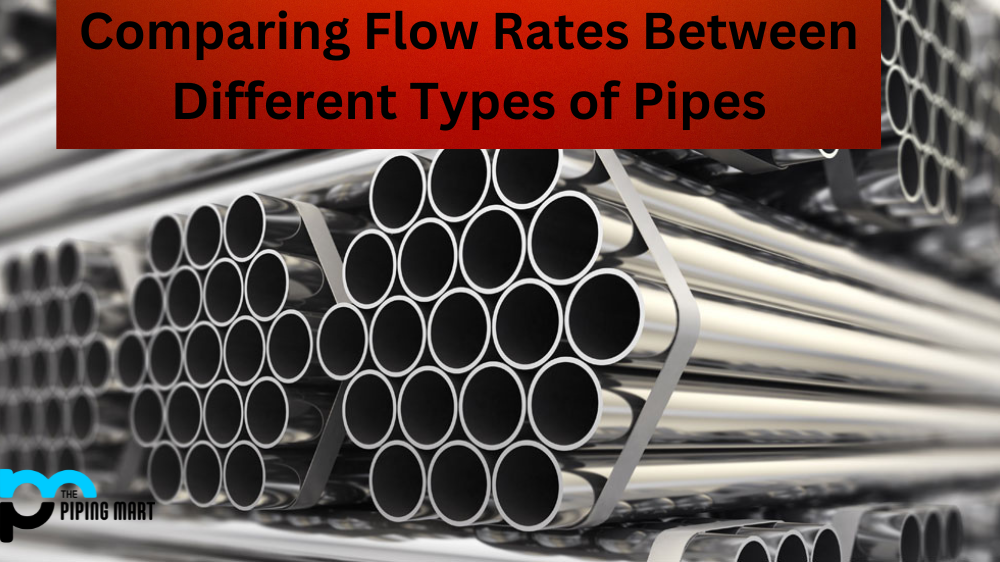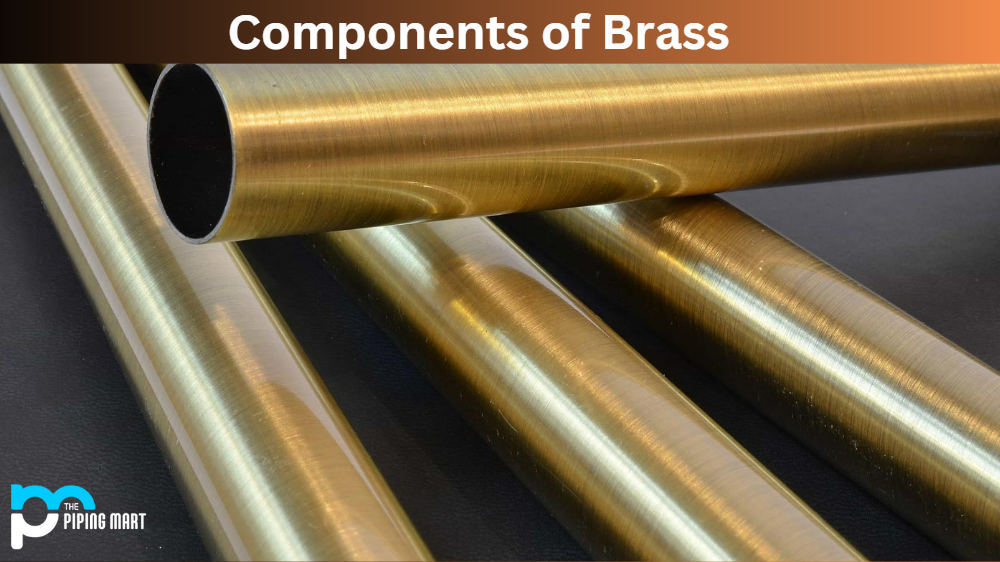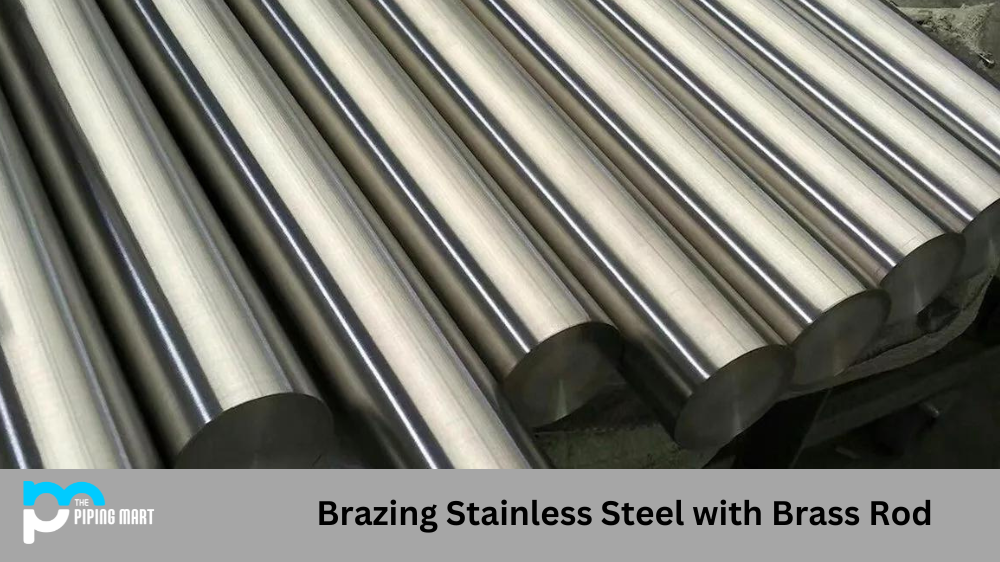When it comes to pipe installations, there are many different types of pipes to choose from. Each type of pipe has its own advantages and disadvantages, depending on the environment and application being used. In particular, one factor that is often overlooked when selecting a pipe is the flow rate that can be achieved with each type. This article will compare the flow rates between some of the most popular types of pipes available today.
Flow rate of pipe
Plastic Pipes
Plastic pipes are very popular due to their affordability and ease of installation. However, plastic pipes can be prone to clogging if they are exposed to certain kinds of debris or chemicals. Additionally, plastic pipes have a lower flow rate than other types of piping materials due to their smaller diameter and more restrictive walls. This means that they should not be used for applications where high flow rates are required.
Steel Pipes
Steel pipes are among the most durable and reliable piping materials available on the market today. They have a higher flow rate than plastic pipes due to their larger diameter and less restrictive walls. Steel pipes also tend to be more resistant to corrosion and wear and tear than plastic pipes, making them an ideal choice for applications where long-term reliability is desired.
Copper Pipes
Copper pipes provide some unique benefits compared to other types of piping materials, such as corrosion resistance and improved thermal conductivity. Copper also has a higher flow rate than both plastic and steel due to its larger diameter and less restrictive walls. This makes copper an excellent choice for applications where high flow rates are desired, but durability is still important.
Conclusion:
When selecting a type of pipe for your installation project, it’s important to consider all factors, including cost, durability, corrosion resistance, thermal conductivity, ease of installation, and flow rate capabilities. Depending on your specific needs, one type may be better suited than another when it comes to achieving the desired flow rate while still maintaining cost-effectiveness or long-term reliability. By comparing the different types of piping materials available today—such as plastic, steel, or copper—you can make an informed decision about which type will best meet your requirements for your specific application!

Meet Bhavesh, a seasoned blogger with a wealth of knowledge and experience. From metal products manufacturing to retail, Bhavesh has a diverse background in various industries and is dedicated to sharing his insights and expertise with readers.




